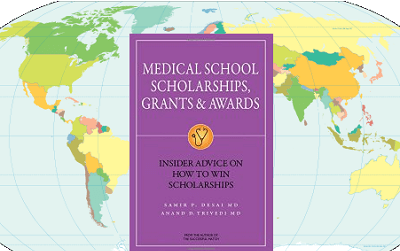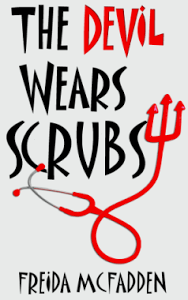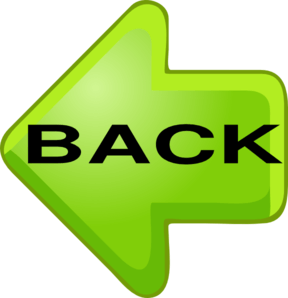If your school is like most, the winter holiday break ends with the first day of Neuro. In this article we’ll review the basic components of any neuro course and talk about the resources you’ll need.
A Neuro course is usually broken down into 4 major parts: 1) Neuroanatomy, 2) Neurophysiology, 3) Systems and 4) Lesions. Since neuroscience is arguably the fastest changing field in biology, it’s sometimes tough for a neuroscience faculty to decide what gets into an MS-I course. The following is a list of the basic topics and the tools that will be most helpful.
First, the classic neuroscience text is Principles of Neural Science edited by Kandel, Schwartz and Jessel (4th edition). Since this text is almost universally used, neuro questions on board exams seem to come from highlighted topics in this book. Even just reviewing the figures will help with boards. If you don’t have it, get it. You WILL need it.
Neuroanatomy. The neuroanatomy part of the course usually consists of identifying brain or spinal cord structures on slides and digital images. It’s mostly rote memorization, but understanding how things connect and function makes it a lot easier. The bulk of the difficulty here comes from the large number of structures you’ll be asked to identify. I’ve found it helpful to break anatomic regions into manageable chunks, selecting a landmark or two in each area for orientation (so you know where you are before you try to guess what you’re looking at), and try to remember how everything goes together around that landmark. In coronal sections of the anterior or middle cerebrum, for example, the caudate nucleus is always just below the lateral ventricle. Every time I see that big hole in the brain that is the lateral ventricle I can find at least one structure!
A brain atlas will be a great help. One photographic atlas that has promise is Structure of the Human Brain : A Photographic Atlas. The Mai, Assheuer, and Paxinos Atlas of the Human Brain is top of he line, but a bit pricier. There are also a lot of on-line resources for neuroanatomy (see the MSRG neuroscience study guide); while many of these are excellent, they can also be a bit slow because most are image based.
Neurophysiology. This usually consists of getting acquainted with the biophysics of ion flow across membranes, action potentials and neurotransmitter signaling. While “biophysics” can be pretty math intensive, the neuro course usually doesn’t require too much math skill. Kandel’s book is great for Neurophysiology. The Howard Hughes Medical Institute has a fun (and useful) leech neurophysiology simulation – you can find it through the MSRG neuroscience study guide. While leech neurophysiology may not seem the most high-tech neuroscience, it did win Kandel the 2000 Nobel Prize in Medicine or Physiology.
Continued on Neurobiology 2 …
Topics #essay #essayedge.com #financial aid #kaplan #match #medical neurobiology #medical school #medical school admissions #medical schools #medical student #medical students #neurobiology #personal statement #princeton review #residencies #residency #USMLE


